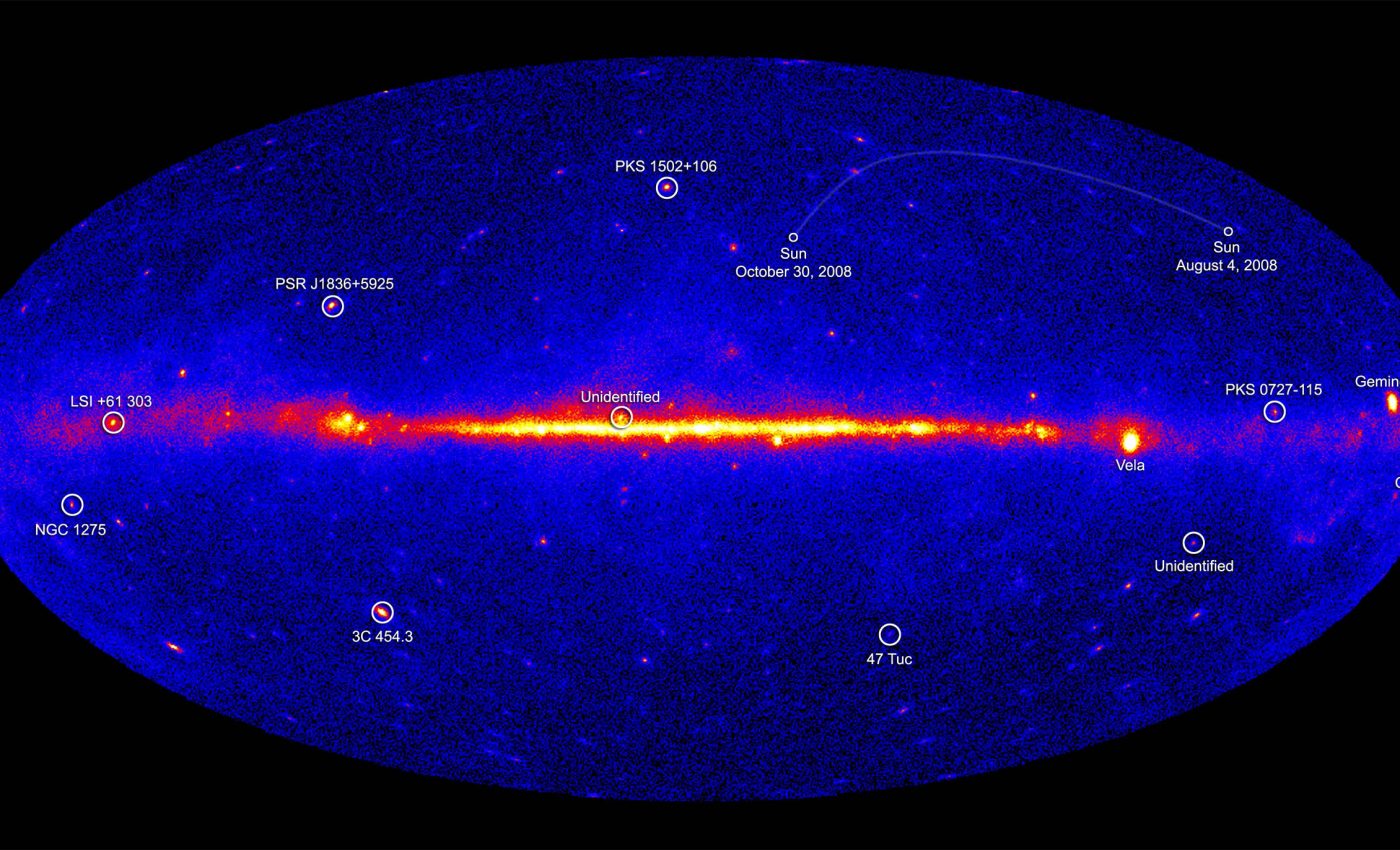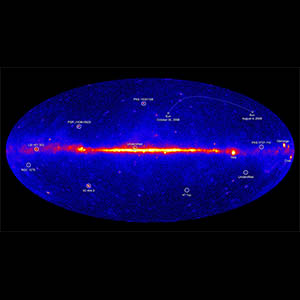
Milky way’s strange glow could reveal first direct observation of dark matter
A new set of simulations suggests the puzzling gamma ray glow at the Milky Way’s core could line up with a dark matter signal.
The work argues that the hidden mass near the center is squashed rather than spherical, which would change how we read that glow.
If true, the finding would reopen a debate that has seesawed for more than a decade. It pits dark matter particles against a crowd of faint stellar engines as the prime source of high energy light at the heart of our galaxy.
How Milky Way glow forms
An international study used high resolution HESTIA simulations to model our galaxy’s center. Dark matter, invisible mass that shows up through gravity alone, was allowed to shift and stretch as the galaxy grew.
Lead researcher Joseph Silk from Johns Hopkins University (JHU), focused on how past mergers can squash the inner halo and tilt it away from a perfect ball.
That change matters because the expected glow from any collisions inside that halo would then share the same flattened shape.
The team found that predicted maps of gamma ray light from weakly interacting massive particles (WIMPs), hypothetical heavy particles that almost never hit normal matter, inherit that squashed geometry. That pattern looks much closer to what telescopes actually record from the center.
The result answers a long standing shape test that often counted against a dark matter explanation. It does not prove anything on its own, but it removes a key strike that kept the idea on the bench.
Why Milky Way galaxy glows
Astronomers first flagged the excess in early Fermi data in 2009, in an analysis of the galactic center. Gamma rays, the highest energy form of light, stood out above models of known sources and backgrounds.
Years later, the Fermi Large Area Telescope team characterized the glow after six and a half years of data and many cross checks.
That work showed the signal persists even when background templates and known sources are pushed hard.
Two broad explanations rose to the top and have traded places ever since. One calls on collisions of dark matter particles that convert their mass into showers of light, including gamma rays.
The other explanation points to a pack of old neutron stars that spin hundreds of times per second. Those stellar engines can radiate strongly even when they are too dim to spot one by one.
Pulsars remain possible cause
Separate evidence used a statistical method to show that many small, unresolved point sources could mimic a smooth glow. Millisecond pulsars, rapidly spinning neutron stars that sweep beams of radiation, fit that bill well.
That analysis did not detect those stars directly near the galactic center. It read their fingerprints in the photon statistics, which can differ from a truly diffuse signal made by particle collisions.
Follow up studies have tested the pulsar idea with radio searches, infrared star counts, and population models. Some find support, others raise issues about how many pulsars must hide there to match the light.
The new simulations challenge one of the pulsar camp’s main supports, the argument from shape. They do not erase the pulsar case, they simply show dark matter can match the same geometry if our inner halo was molded by long ago mergers.
Mergers shape Milky Way glow
Galaxies grow by swallowing smaller systems over billions of years. The stars from those past meals leave streams and shells, and their dark matter sinks and stirs the central mass.
In the new models, that history builds a halo that is boxy and tilted rather than round. That shift naturally lines up the predicted annihilation glow with the actual bulge seen in starlight.
Earlier maps often assumed a smooth, spherical inner halo because it was simple and fast. The HESTIA runs add more realistic assembly histories and still match other constraints across the galaxy.
That is why the shape argument has changed tone in recent weeks. The absence of perfect symmetry can be a feature, not a bug, for the dark matter case.

What the next telescope could settle
The Cherenkov Telescope Array Observatory (CTAO) expects early operations in 2026 across sites in Chile and Spain.
It will reach higher energies and finer detail than today’s instruments, which matters for teasing out diffuse light from crowds of point sources.
Sharper angular resolution can map whether the glow is truly smooth or more granular. A smooth map would favor particle collisions, while fine speckling would point to many faint pulsars.
“We have increased the odds that dark matter has been indirectly detected,” said Joseph Silk, Johns Hopkins University. That cautious note fits the state of play across the field.
Direct detection experiments in deep mines continue to push down their limits year by year. Indirect searches in gamma rays and cosmic rays add a different window, one that samples how any particles behave in space.
What new data could show
If dark matter particles are their own antiparticles, their collisions can end in a spray of photons. That process, often called annihilation, would carve a specific energy spectrum across the sky.
The spectrum is only part of the story. The spatial pattern, the glow’s brightness versus distance and direction, is just as revealing.
The simulations now argue that geometry can match what we see without strange contortions. The key is to let the inner halo remember its rough past rather than forcing it into a perfect sphere.
Upcoming observations should also check for any faint point source bumps. That cross test will help keep both main ideas honest.
The study is published in Physical Review Letters.
—–
Like what you read? Subscribe to our newsletter for engaging articles, exclusive content, and the latest updates.
Check us out on EarthSnap, a free app brought to you by Eric Ralls and Earth.com.
—–













